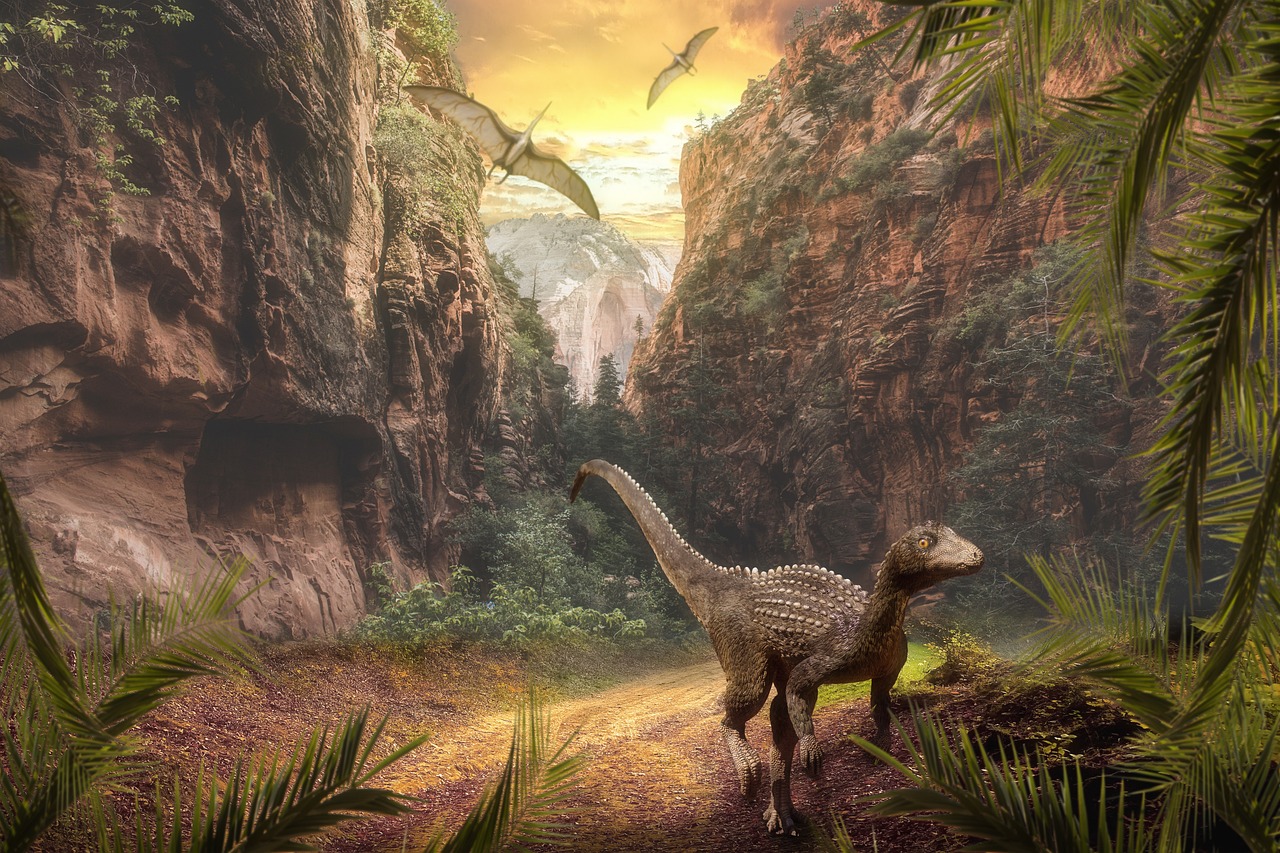
Vocabulary:
I will read the words, meanings, and sample sentences. Then, repeat after me.
- predator /PRED-uh-ter/
- target /TAHR-git /
- consumption /kuhn-SUHMP-shuhn/
- consistent /kuhn-SIS-tuhnt/
- prey /prey/
[noun] – an animal that hunts, kills, and eats other animals
The lion is a fierce predator that preys on zebras in the savannah.
[verb] – to select as an object of attention or attack
The researchers suggested that predators targeted the old, sick, or injured sauropods as their preferred prey.
[noun] – the act of using up a resource; in this context, the act of eating or devouring prey
The rapid consumption of natural resources poses a threat to the environment.
[adjective] – unchanging in achievement or effect over a period of time
Sarah’s consistent effort in her studies led to academic success.
[noun] – An animal that is hunted and killed by another for food.
Cheetahs are known for their speed and agility when chasing prey.
Article reading:
Please read the whole article. Then, I will check your pronunciation and intonation.
In the wild western part of North America during the Jurassic Period, being big was like having a superpower for survival. Paleontologists recently studied bite marks left by meat-eating dinosaurs on the bones of sauropods, which were huge, plant-eating dinosaurs with long necks, tails, and strong legs. These paleontologists looked at around 600 bones from at least nine different kinds of sauropods, finding deep grooves on 68 bones from 40 individual sauropods. The researchers figured out that these marks weren’t from predators attacking live adult sauropods. Instead, they suggested that meat-eaters found the bodies of sauropods that had already died from things like old age or sickness. The study proposed that it was probably too dangerous for even large predators to take down adult sauropods, which were much bigger than them. The researchers didn’t find any evidence, like healed bite marks, showing that adult sauropods were usually hunted by predators. They thought that predators might have targeted the old, sick, or injured sauropods. Sauropods, the biggest land animals ever, appeared about 200 million years ago and stuck around until the dinosaur era ended 66 million years ago.
Smaller theropod dinosaurs like Allosaurus, Torvosaurus, Ceratosaurus, and Saurophaganax coexisted with sauropods during the Jurassic Period. Despite being smaller than adult sauropods, these theropods seemed to avoid hunting them. Instead, the study found wear on their teeth, indicating a regular consumption of young sauropods. The abundance of young sauropods may have provided a consistent prey source for theropods. Overall, the research suggests that large predators primarily encountered and preyed upon young and vulnerable sauropods in the Morrison Formation.
Smaller theropod dinosaurs like Allosaurus, Torvosaurus, Ceratosaurus, and Saurophaganax coexisted with sauropods during the Jurassic Period. Despite being smaller than adult sauropods, these theropods seemed to avoid hunting them. Instead, the study found wear on their teeth, indicating a regular consumption of young sauropods. The abundance of young sauropods may have provided a consistent prey source for theropods. Overall, the research suggests that large predators primarily encountered and preyed upon young and vulnerable sauropods in the Morrison Formation.
Discussion Questions:
I will read each question. Then, please answer them.
- Have you ever observed a predator in action, either in the wild or through documentaries? If so, describe the experience. If not, what do you think it would be like to witness a predator hunting?
- Based on the article, can you share any information or experiences related to the consumption of resources in your local environment?
- Is it important for ecosystems to maintain a consistent balance between predators and prey?
- Considering the findings about the behaviors of predators in the Jurassic Period, how might changes in the availability of prey impact the overall ecosystem? Discuss the potential consequences.
- Reflecting on the article, do you think the concept of predators selecting specific targets for consumption has any parallels in human societies or industries? Explain your perspective.
Summarization
Please summarize the whole article using your own words and expressions. You will have one minute to prepare before you answer.
Describe:
Please explain the definition of each word listed below based on your understanding. You can provide example sentences if needed.
- paleontologist
- figure out
- take down
- era
- encounter